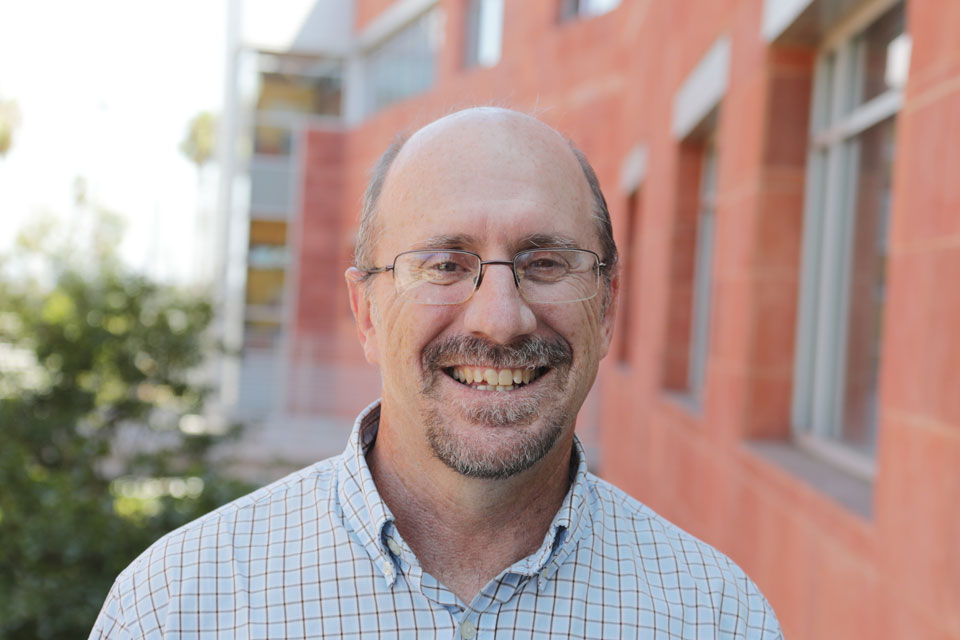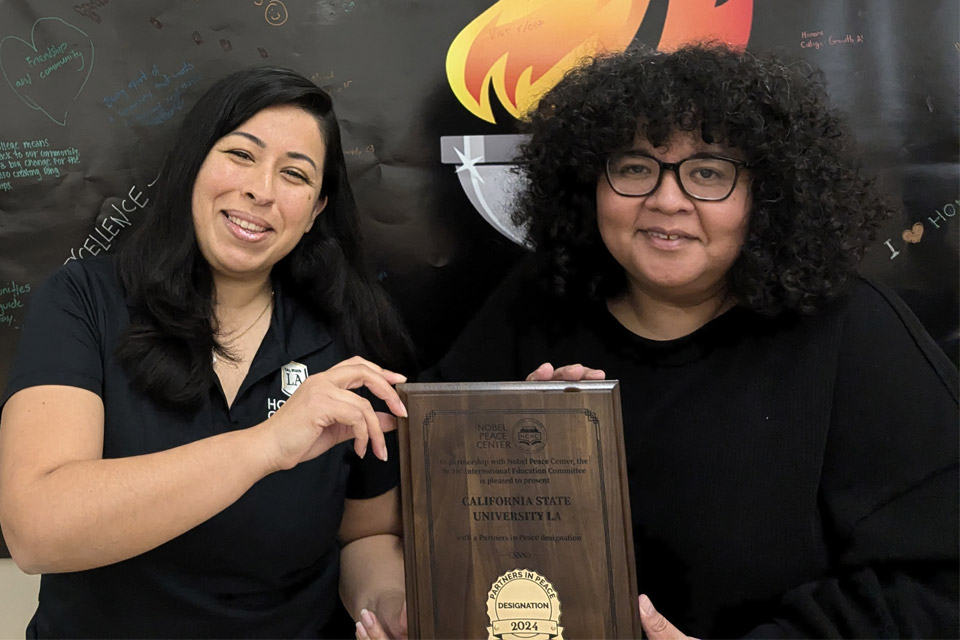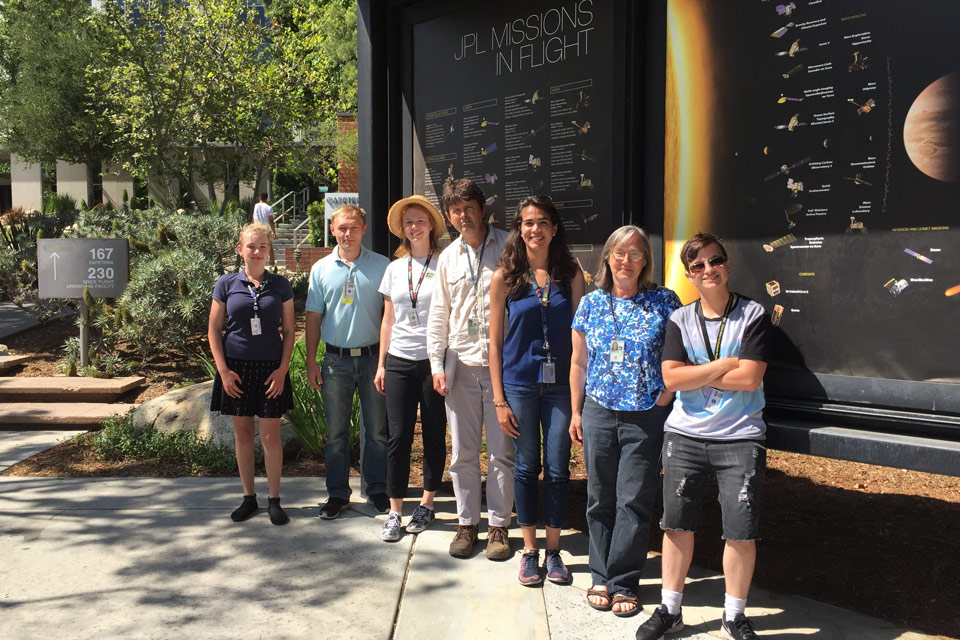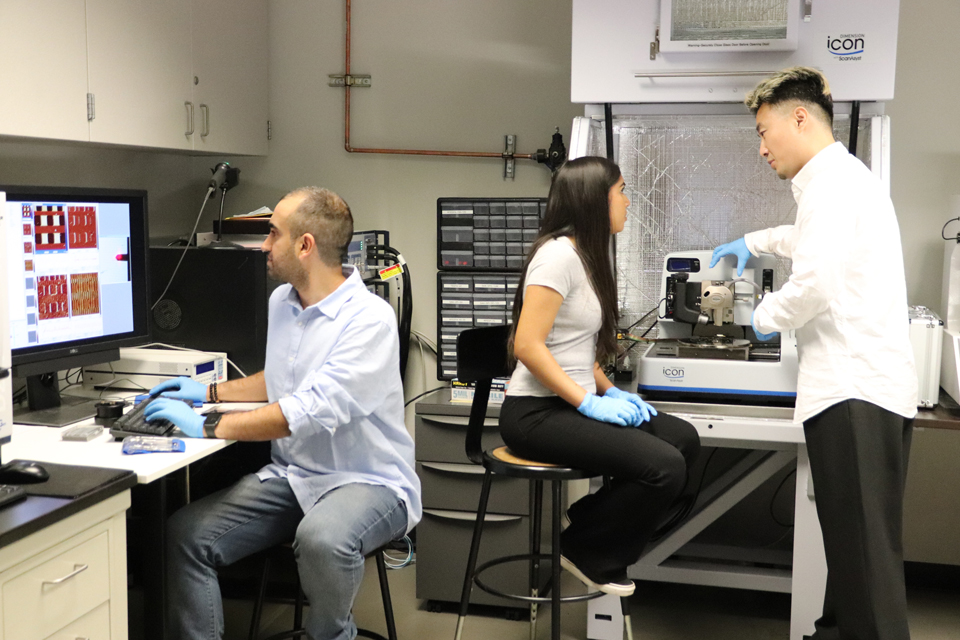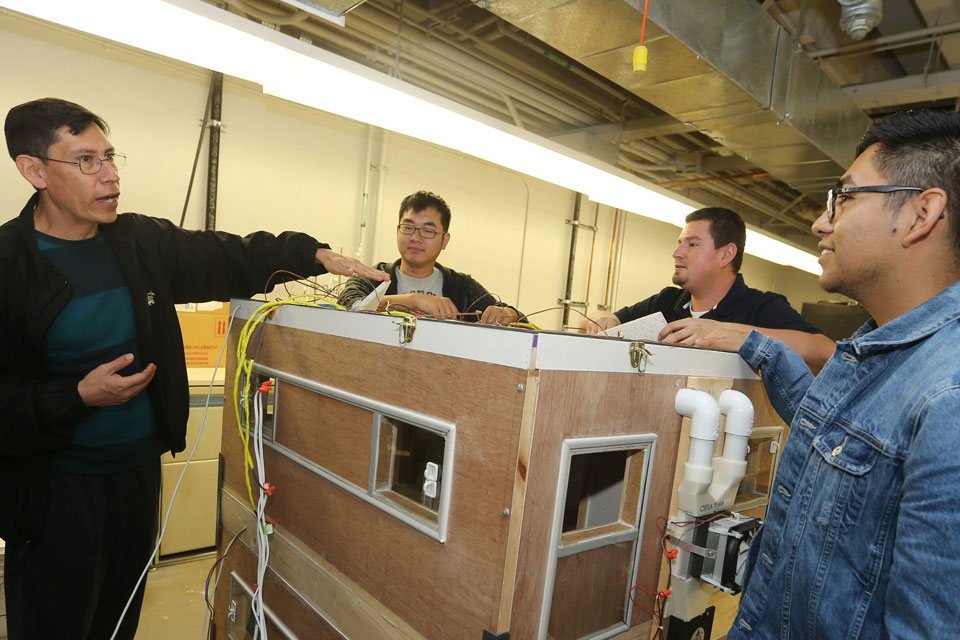Faculty in Cal State LA’s Department of Liberal Studies are using collaborative online reading tools, videos and regular check-ins to create community for their students this fall.
Michael Willard, chair of the Department of Liberal Studies in the College of Arts and Letters, says his department is committed to finding new ways to provide spaces for social connection and engaging learning in the virtual classroom environment.
“For our students to feel like they are getting the best learning experience possible, the primary directive of staying connected and making space for checking in and social engagement is foundational—I think everything else comes from that,” Willard says.
We caught up with Willard to discuss how he and his department’s faculty are preparing for fall as part of an ongoing series on developing innovative and engaging virtual instruction.
What lessons did you and your department learn from spring that you are applying to the fall?
Willard says his department learned the importance of understanding and accommodating student needs during the pandemic. They sent out surveys and frequently communicated with students during the transition to remote instruction.
“I learned that communication between faculty, and between faculty and students is vital and imperative,” Willard says. “We couldn’t have supported our students if we hadn’t kept lines of communication open.”
Willard hosted optional weekly Zoom meetings with faculty so they could check in with one another and share tips and techniques for their virtual courses.
Before the pandemic, Liberal Studies faculty were already developing online courses for the department. That knowledge and experience were invaluable during the shift to alternative instruction in March, Willard says.
During the weekly check-ins, professors who were experienced with developing online courses shared ideas for creative uses of numerous plug-ins in the university’s Canvas learning management system. Others shared tips for how to effectively record lectures with PowerPoint.
“I can’t tell you how much that changed the conversation among all the faculty to one of what is possible and how can we do this,” Willard says. “It was a lot of resource, information and teaching technique sharing.”
How did student feedback inform your department’s move to virtual instruction and planning for the fall?
Willard offered individual and group Zoom sessions for Liberal Studies students throughout the spring. These sessions turned into quasi-focus groups, he says, during which students received information and advising help, but also shared what they liked in their courses and what could improve.
“I realized that this is such a great source of information for me as a department chair because I can get information from the student perspective,” Willard says. “And just for someone to hear what someone else is going through was very valuable for them and for me.”
In the fall, Willard plans to again hold virtual meetings with students so he can continue to get frequent feedback and provide resources and connection.
What new features or approaches is your department incorporating into your virtual courses?
One professor mimics a live classroom experience with real-time conversations on discussion boards and chatting in Canvas, Willard says. Another has started using short follow-up videos after lectures to help synthesize information, provide suggestions for further review and move learning forward. “Students loved that additional explanation,” Willard says.
Others have tried using humor to create social engagement in the virtual classroom. One professor even donned a Dumbledore costume—wizard hat, beard and all.
Faculty are also experimenting with a new web tool, Hypothesis, which allows students to read articles together, annotating and discussing the content virtually as a group.
What are you most looking forward to?
Willard says he is looking forward to working with great faculty to support their students.
“I know that whatever comes our way, whatever is unexpected or difficult, they will be there to work together to figure it out,” Willard says. “I am looking forward to discovering the new ways we can work to support student learning and faculty teaching. I am sure, just like happened last spring, we are going to discover new ways to do things and to improve.”
RELATED:
Faculty innovation in the virtual classroom: Q&A with Socorro Orozco, Charter College of Education
# # #
California State University, Los Angeles is the premier comprehensive public university in the heart of Los Angeles. Cal State LA is ranked number one in the United States for the upward mobility of its students. Cal State LA is dedicated to engagement, service, and the public good, offering nationally recognized programs in science, the arts, business, criminal justice, engineering, nursing, education, and the humanities. Founded in 1947, the University serves more than 26,000 students and has more than 250,000 distinguished alumni.
Cal State LA is home to the critically-acclaimed Luckman Fine Arts Complex, Pat Brown Institute for Public Affairs, Hertzberg-Davis Forensic Science Center, Hydrogen Research and Fueling Facility, Billie Jean King Sports Complex and the TV, Film and Media Center. For more information, visit www.CalStateLA.edu.

